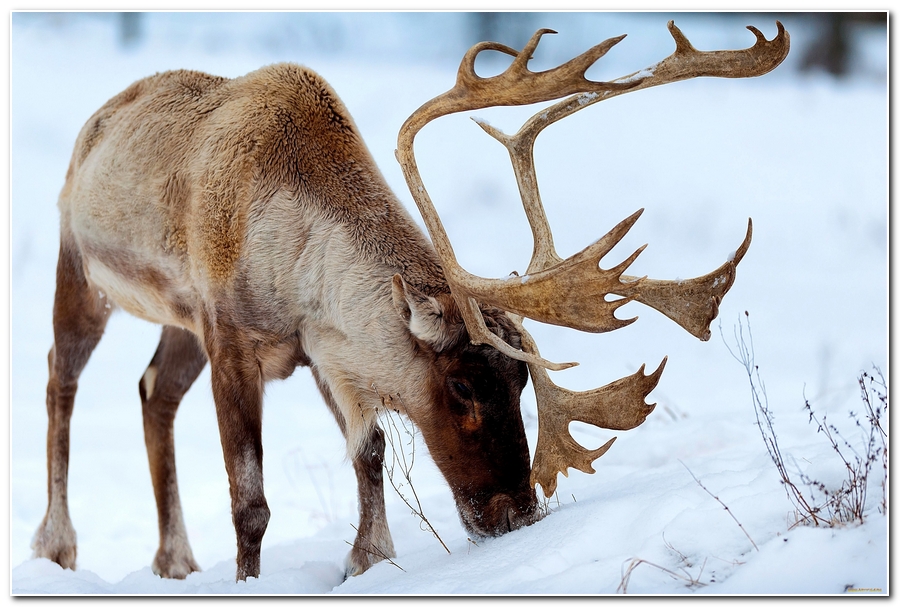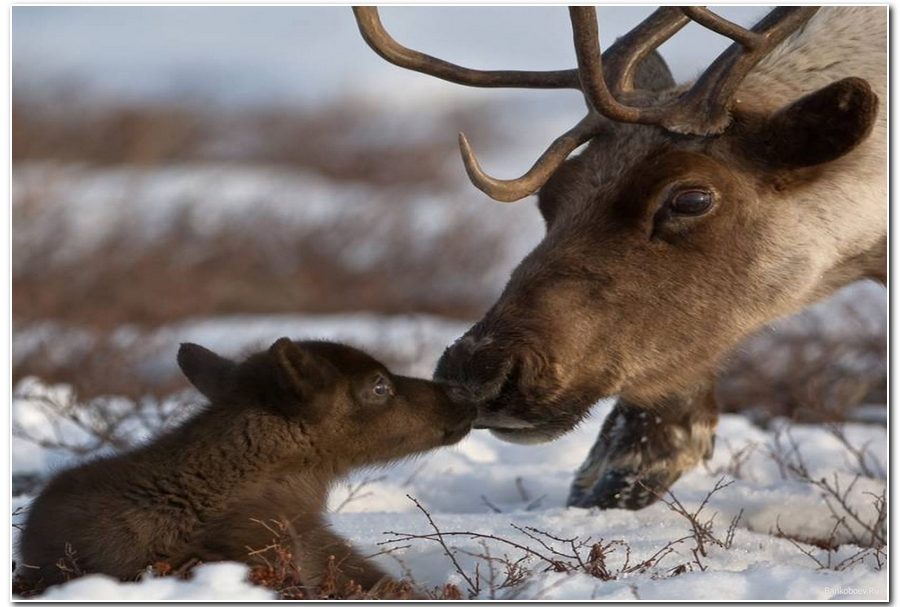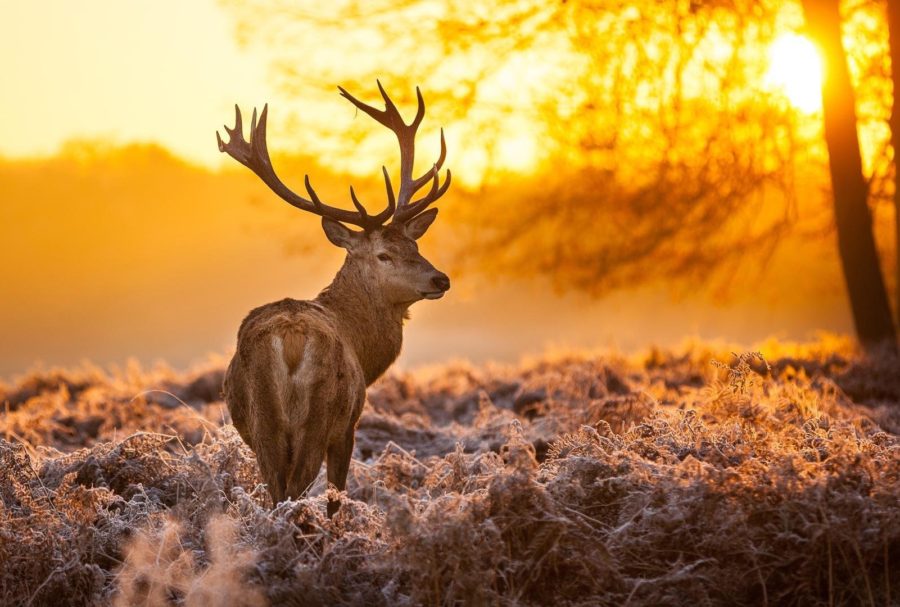Through centuries of medical experience, men in China and Tibet have accumulated an incredible amount of knowledge of how to heal human body with natural forces that was called Traditional Chinese Medicine. The Tibetan medical treatise Chzud Shi mentions 1200 methods of curing 404 diseases with substances of both plant and animal origin. The Chinese tradition regarded deer as a symbol of longevity, and as an animal most benefic for men health. The most ancient written reference to medical use of deer antlers goes back to 475-221 BC and was found on the Mawangui silk manuscript near Changsha in Hunan, China. In the Chinese medical sourcebooks Pentsao Kang Mu not only deer antlers were mentioned, but 25 other pieces of deer with numerous favorable health effects. Their derivates relieve lumbago, gonalgia, rheumatism, diarrhea and vertigo, they stop spermatorrhoea and metrorrhagia, and they help in mastitis, acne, improve the blood count and boost sexual power.
In Russia, sika deer antlers were used in medicine about thousand years ago and were called golden antlers. In 1932 a Soviet scientist, professor S. Pavlenko was first, who produced medicine ‘Pantocrine’ from maral (Cervus elaphus sibiricus) and sika (Cervus nippon hotulorum) antlers. Later, it was produced in different countries and was called local names. S. Pavlenko’s successor in medical investigation of deer antlers was Professor I. Breghman. In 1970, Soviet researcher Yu. Dobrenko introduced several new methods of essaying the biological activity of antler products, based on their stimulatory and honadotropic effects. Dr. N. Osintsev also contributed a great deal of modern knowledge in the field.
Development and growth of deer antlers, as well as their change, is tightly bound on biochemical status of the deer and especially concentration of hormones, which follow certain time patterns. The deer antlers contain a broad scope of minerals, amino acids, peptides, nucleic acids, lipids and other valuable biologically active compounds – all natural and thus producing well balanced effects, unlike most synthetic treatments.
The biochemical composition of the reindeer (Cervus tarandus) antlers is unique with some significant difference from other deer species, due to fully natural nutrition of the reindeer and to its harsh tundra habitation. In winter, the temperature there may drop below -50°С, so it makes physiology of the animal excel to survive. Consequently, the concentrations of minerals and amino acids found in this deer are much higher than in other deer.



